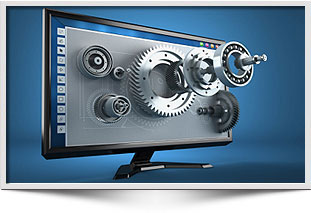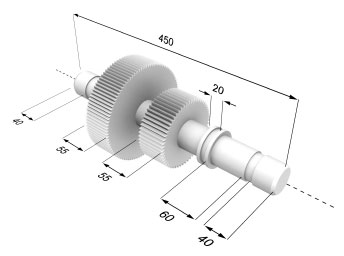How MBE Works

For the purpose of this discussion of how the Model Based Enterprise (MBE) works we will deal with two broad areas; Design and Production. Although there are many other areas there is simply not enough time and space to cover them all. As appropriate they will be covered in future additions to this site.
Design:
The model based definition (MBD) begins and evolves throughout the design cycle of a product. It begins with a conceptual model that is nothing more than blocks and an envelope, and then grows into a fully defined product model. As discussed in previous chapters this model must be organized and created following a standard method so that it can be easily reused by all of the users. This schema or framework is essential for reuse of the model. A document containing the high-level overview of this schema in Pro/Engineer© is available for download.
A designer first defines the rough geometric shape of the model and then adds detail while simultaneously annotating it. As the design evolves it is shared with all the design disciplines using Product Lifecycle Management (PLM) software. The PLM also controls the configuration and automates various release cycles.
In short, the model is created once and then evolved throughout the design as opposed to re mastering it at every step.
Production:
During the production stage the annotated product model must be effectively communicated to the supply chain. This is done through the 3D Technical Data Package (TDP). The current method used by this site is to create an Adobe© PDF file containing not only the model files in both native and STEP formats, but the 3D PDF view that can be measured and rotated. It also contains a set of 2D views that are automatically generated from the model and can be used for reference during the production process. A sample PDF is available for download here.

